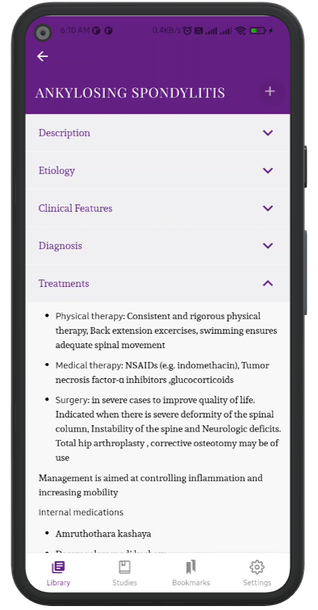PARKINSON’S DISEASE
Description
- Parkinson’s disease is the most common form of Parkinsonism and the second most common neurodegenerative disorder. It involves a progressive depletion of dopaminergic neurons in the basal ganglia, particularly the substantia nigra. Parkinson disease can be defined as parkinsonism for which no cause can be determined (idiopathic)
- PD usually manifests at approximately 60 years of age. The typical clinical picture seen in PD is called Parkinsonism and features the classical cardinal symptom of bradykinesia along with resting tremor and/or rigidity.
- Though PD is the main cause, parkinsonism may also result from other factors, e.g. medication (secondary parkinsonism), and as a feature of neurodegenerative diseases ( Atypical parkinsonism)
Types
Cardinal Motor feature
- Bradykinesia : slowness of movement with decreased amplitude or speed
- Classical pill rolling tremor: Resting tremor that subsides with voluntary movements
- Rigidity
- Parkinsonian gait – shuffling gait with quickened and short steps
- Postural instability
Other motor features
- Microphagia
- Masked facies
- Reduced eye blinking ( hypomimia)
- Soft voice (hypophonia)
- Dysphagia
- Freezing : sudden brief inability to start movement or to continue rhythmic, repeated movements, such as finger tapping, writing or walking
- Turning en block : often known as pivot sign
- Camptocormia : Abnormal, severe, and involuntary forward flexion of the thoracolumbar spine which becomes manifested during standing and walking and subsides in the recumbent position
- Dystonia, Scoliosis, drooling
- Re-emergence of primitive reflex like glabellar tap
Non motor features
- Anosmia
- Constipation
- Sensory disturbances like pain
- Depression
- Sleep disturbances
- Cognitive impairment
- Sexual dysfunction
- Gastro intestinal & Genito urinary disturbances
Differential diagnosis
- Secondary parkinsonism
- Parkinson plus syndromes
Investigation
- Usually a clinical diagnosis is made
- Levodopa challenge test : the result is positive if administration of levodopa /apomorphine relieves symptoms
- MRI: To rule out other possible causes of parkinsonism ( strokes, tumours)
Treatments
- Physiotherapy
- Speech and language therapy
- Occupational therapy
- Support groups
Internal medicines
- Danadanayanadi kashaya
- Ashtavarga kashaya
- Brahmi drakshadi kashaya
- Rasonadi kashaya
- Aswagandha choorna
- Kapikachu choorna
- Brihat vatachintamani
- Suvarna muktadi
- Rasna dashamoola ghrita
- Varuni taila
Procedures
- Udwartana – Triphala choorna / jeevanthaydi choorna
- Thalam – Rasnadi choorna+ Nimbamrita eranda
- Kayaseka – Sahacharadi, Prabhanjanam
- Vasti – Mustadi raja yapana vasti
- Anuvasana – Sahacharadi vasti paka
- Nasya – Shadbindu taila
Department
Kayachikitsa

